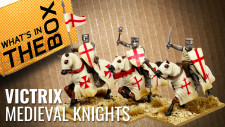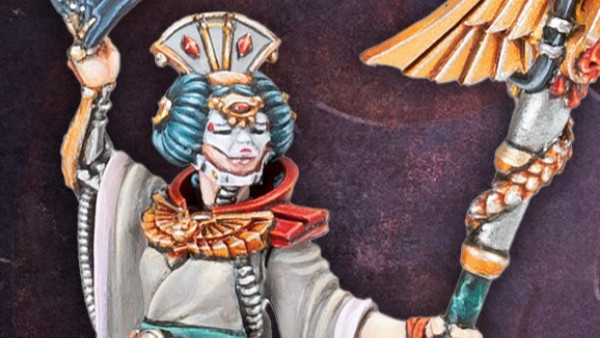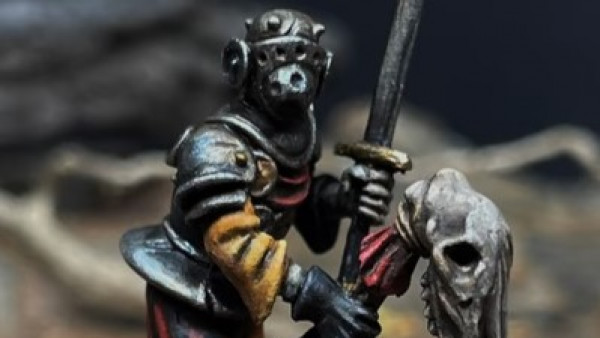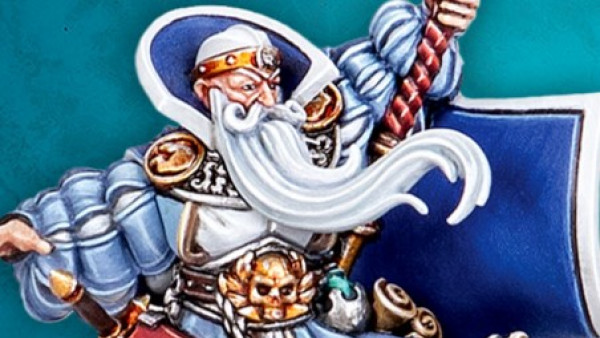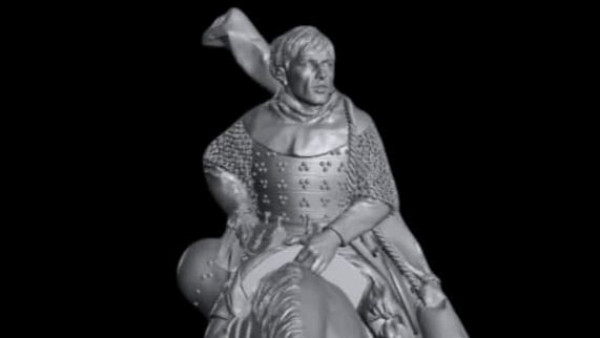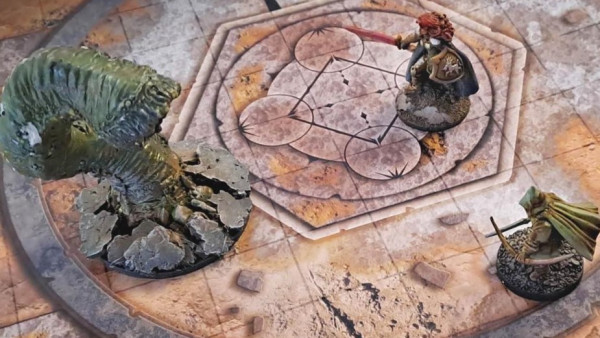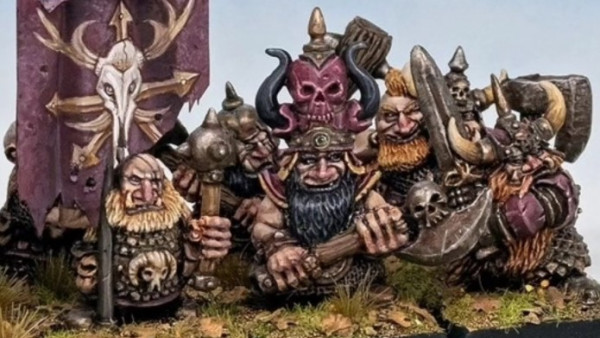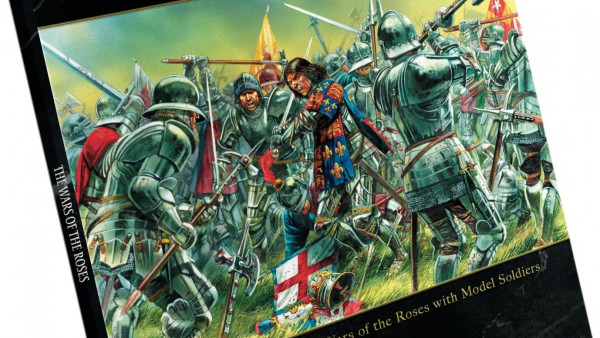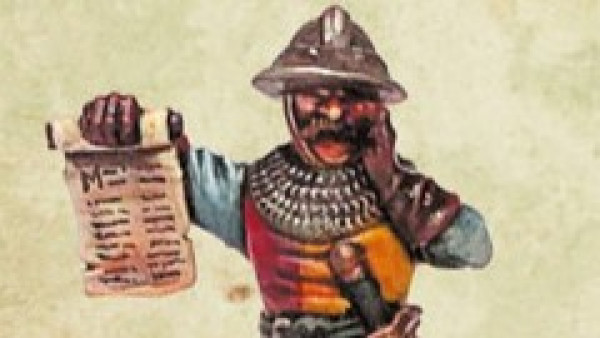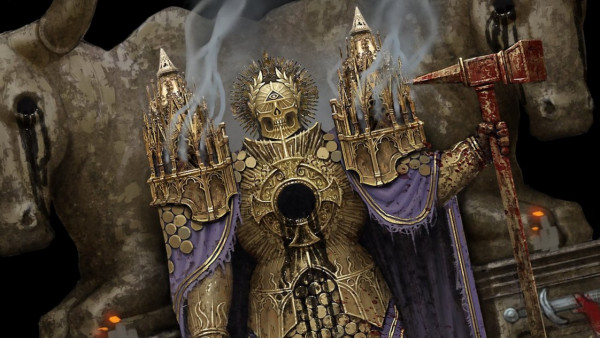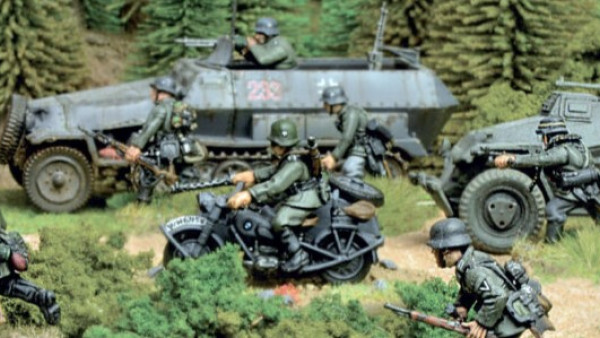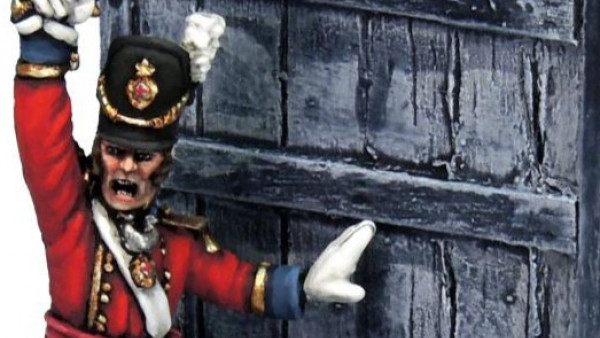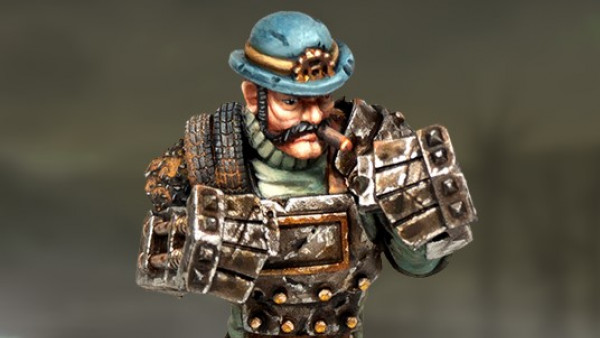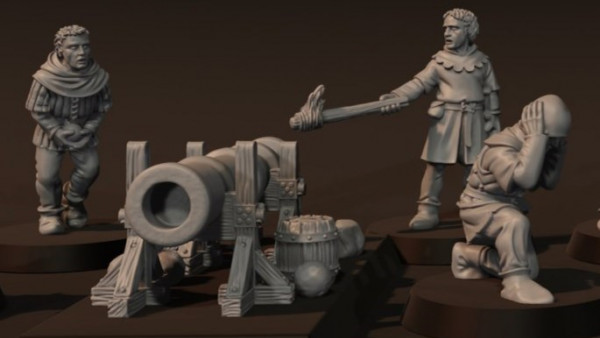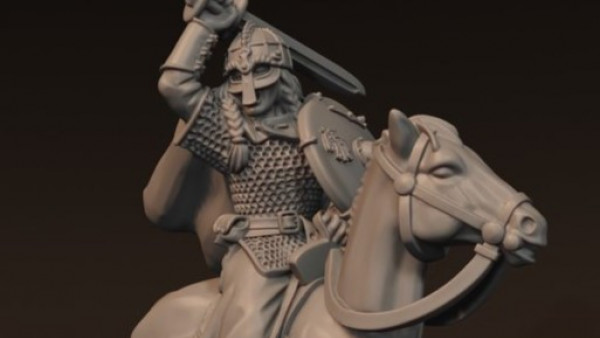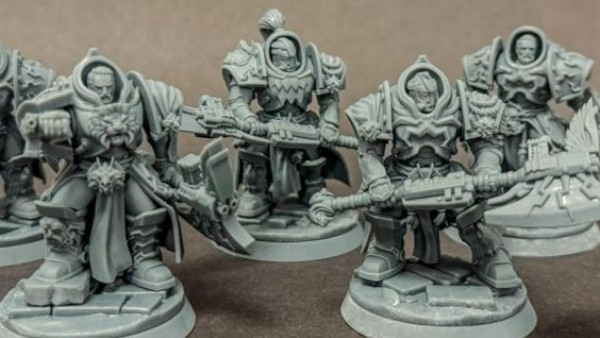Home › Forums › Painting in Tabletop Gaming › What Are You Painting Now? › Reply To: What Are You Painting Now?
Continuing on my journey into the world of 1938 A Very British Civil War here is the second part of the of the Ring Wing and Reactionary forces.
British Fascisti
Led by the wealthy heiress Emma Picton-Bryant, this fascist organization is far more traditional and less revolutionary than its British Union of Fascists rivals. Key to the organisation is the preservation of the Monarchy, making them more acceptable to the Royalists and their cause than the British Union of Fascists. More modest in strength, the British Fascisti can still however fields several infantry formations and has considerable motorized resources, largely making use of the members own vehicles adapted for war. They also have recruited foreign volunteers mainly for ex Czarist Russians and political reactionaries from other Slavic countries.
English Array
This is another small reactionary group seeking the restoration of a more feudal England, returning power to the landed nobility. As such it tends to be quite a rural movement. In a number of places local landowners have adopted its vision, claiming land and imposing duties on the tenant farmers backed up by forceful militia support. The English Array is also quite traditional in its religious outlook seeking a return to Catholicism as the national religion. Again the English Array makes use of foreign volunteers largely from Catholic countries of Eastern Europe. When not required for combat duties these volunteers act as itinerant labourers on the big estates. Economically these settlements achieve high yields and are highly valuable to the Royalist war effect. Equally they are prized targets for the Royalists’ enemies and so have to be defended well. Militarily a lot of the English Array resources go into supplying garrison forces, but when needed, they can supply militia, mainly infantry or the occasional cavalry unit to the mobile field armies.
The Order of the Martyrs
Eager for volunteers to help stem the ever increasing threats to his throne, King Edward VIII and his military advisors welcomed the approaches of Lord William FitzOsberne. FitzOsberne, an ardent Roman Catholic and northern land owner, was quick to spot the potential for volunteers amongst England’s minority Catholic population. Seeing the Church of England divided and in disarray over the King and the civil war, FitzOsberne reasoned now was a chance to reassert the claims of the older branch of the Christian faith in Britain. With the support from other mainly northern members of the aristocracy, plans for a Catholic League known as the Order of the Martyrs started to take shape and was born.
As well as recruits from their own estates, the leaders of the order found willing volunteers amongst refugees from the Liverpool Free State out of favour with its increasingly Left Wing agenda. The Order of the Martyrs also quickly established friends aboard. While the Papacy was very willing to dispatch emissaries at the highest political levels to the court the King and champion the aspirations of British Catholics, covert funding was being channelled from foreign supporters in the form of arms and equipment as well as advisors and volunteers chiefly from Italy and Spain.
FitzOsberne quickly raised the first of several battalions and began to assist the Royalist Northern Army. While a second formation supported the Royalists in Devon-Somerset Front and a third supporting the Royalist forces of the Duke of Rutland, under Lord Quenby, in the East Midland Front. Quickly Catholic groups varying in size were listed on the orbats of many Royalist formations.
As well as armed volunteers, the Order of the Martyrs distributed humanitarian aid, although chiefly to areas firmly under Royalist control. There was also much involvement from Catholic priests and religious orders. As well as serving as chaplains to the armed forces these groups developed educational programmes aimed at reconverting many to the Catholic faith. In areas where there had been strong opposition to the Church of England tithe, the Catholic Church got a fair hearing and was accepted as an upholder of traditional values and the rebellious Anglicans were seen to have disregarded.
Politically, the Order of the Martyrs has as its central doctrine the preservation of tradition and order. As such loyalty to the divine institution of Kingship was unswerving, regardless if the moral laxity of the incumbent. The “difficulties” could for the moment at least be put aside while the Catholic Church embraced opportunities not seen for 300 years. As well as support for the monarchy, there was a deep rooted hatred of Socialism and Left wing revolution. This agenda brought many allies on the Far Right who saw a robust Catholicism as a far more suitable partner in power than the liberal and suspect Church of England could ever be.
Another source of volunteers for the Order of the Martyrs came from Northern Ireland’s Catholic community. Many saw the turmoil in Britain as a chance to influence their own political destiny and achieve more representative Government. As Ireland faced its own troubles, a steady stream of volunteers joined the Order of the Martyr and ironically, fight for an English King.
If a form of words could be found that allowed for the acceptance of the Royal Consort, Wallis, then maybe the effects of a much earlier Royal marriage might be ultimately reversed.
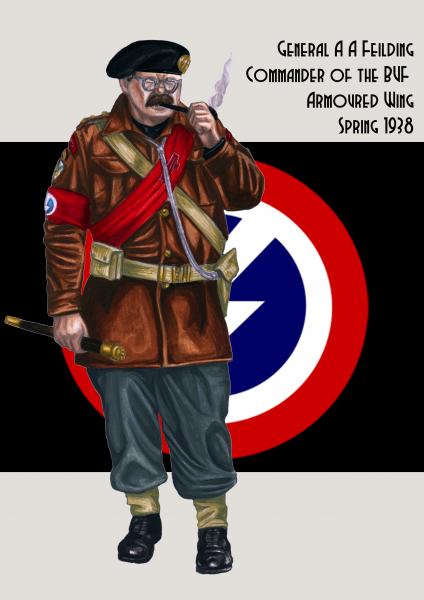
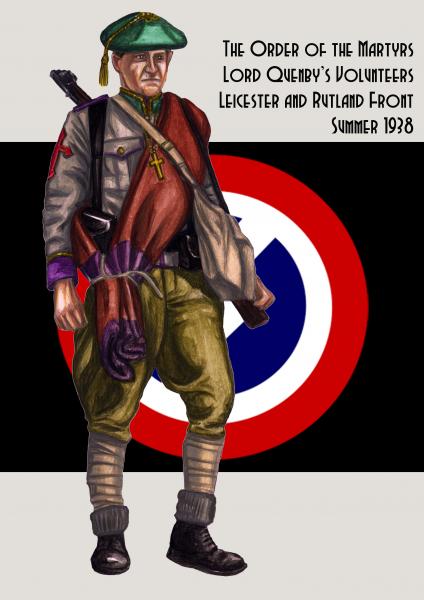





























![How To Paint Moonstone’s Nanny | Goblin King Games [7 Days Early Access]](https://images.beastsofwar.com/2024/12/3CU-Gobin-King-Games-Moonstone-Shades-Nanny-coverimage-225-127.jpg)




